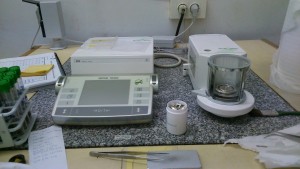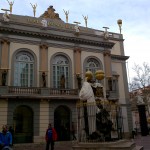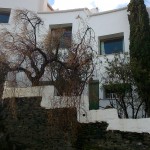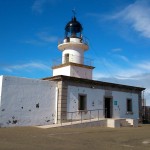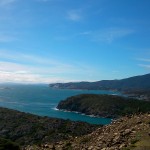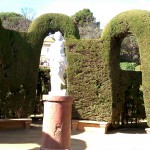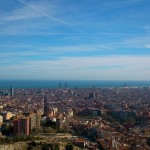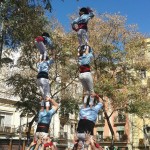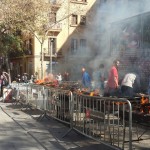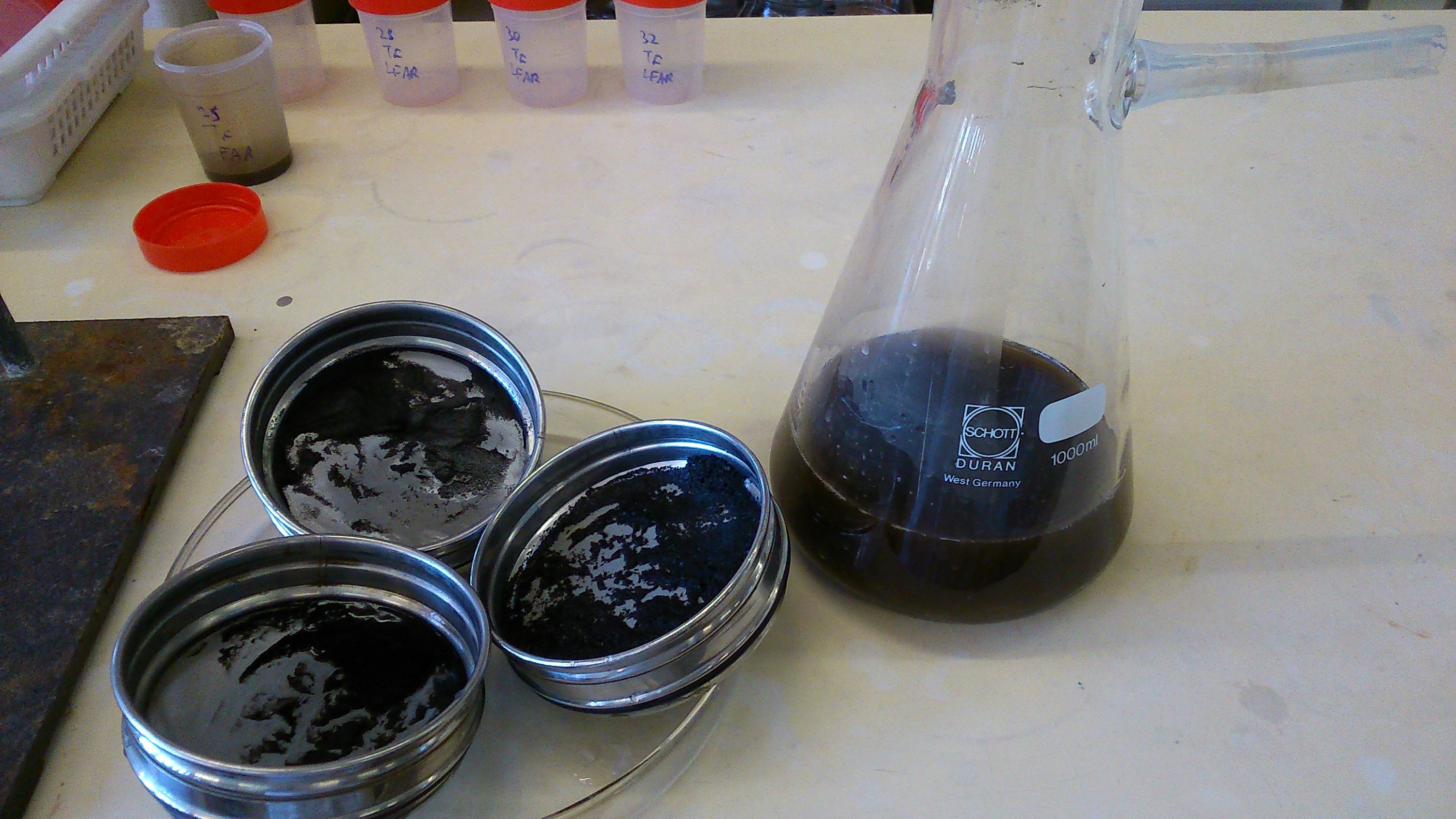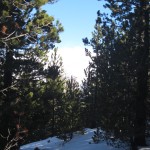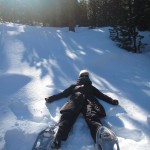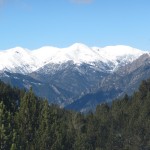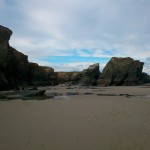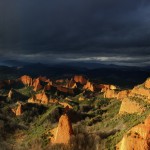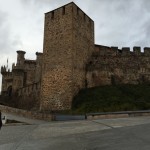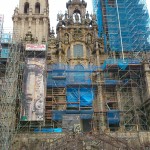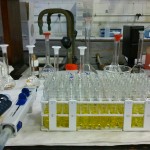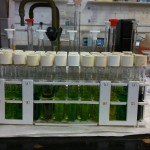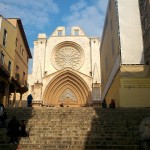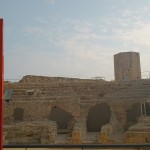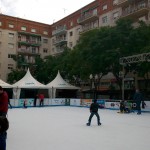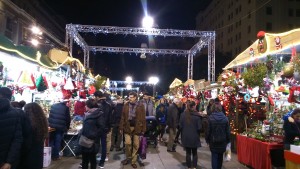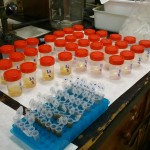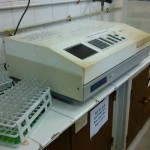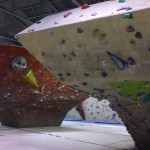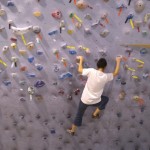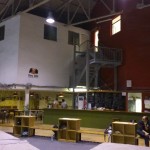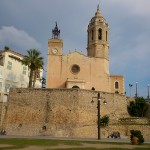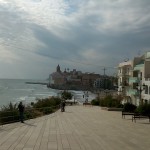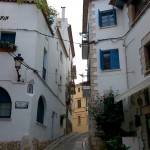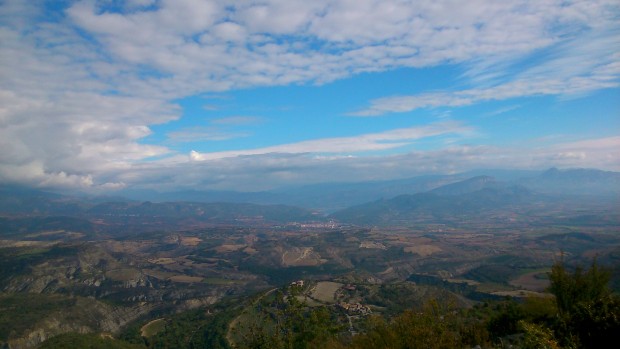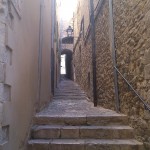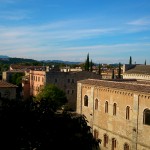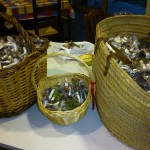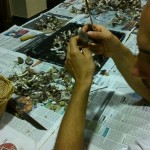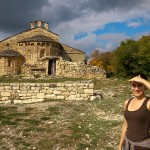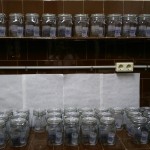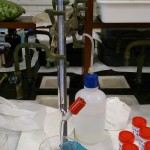So remember when I said the week before last was my last full week at the university? Well, I was wrong. I had planned to just go Monday and Tuesday, when I would show Ana, Joan’s undergrad student, how to weigh the samples for isotope analysis. However, she couldn’t make it on Tuesday so since I still went to the university I started weighing some samples, but I thought on Wednesday I would show her and she would do the rest. Nope, Wednesday she couldn’t make it either. At that point, I just decided to weigh everything myself and show her on Thursday the last ones. On Thursday when she came it turned out she couldn’t be in the mass spectrometry lab anyway without signed authorization, so I showed her in 15 minutes how to prepare the samples and then she had to leave. I finally finished all my samples that afternoon only for the technician to tell me now the standards had to be weighed…all 73 of them. I was practically crossed-eyed after weighing over 300 tiny milligrams of soil samples into tiny tin capsules for almost 3 days straight, but I still thought I’d come in on Friday and do the standards as well. Luckily, however, Joan convinced me to just leave them for Ana, so at least I had Friday off. Which was great because the reason I wanted the rest of the week off was because my mother was visiting until Sunday on a stopover on her way home to Paraguay.
My last 2 weekends were pretty full of activities. It’s always at the end when you’re like, Oh, no, I didn’t go here, I didn’t see this! etc. It’s hard to believe I’m leaving this Wednesday. It took me some time to get used to it here, but, just like Cuiabá, by the end I settled into a routine and was feeling like I already lived here. Now back to Vancouver to get used to the next few months there.
Before I leave though, I’ll share some photos of the last few places I visited outside and within Barcelona.
Figueres, Cadaques, and Port Lligat
These places are famously associated with Catalan artist, Salvador Dalí. Figueres, about 2 hours north of Barcelona and close to the French border, was his hometown and is where he set up a museum for his work in what was formerly the town theatre. Cadaques is a town on the Costa Brava also associated with Dalí as well as other famous artists and writers that would vacation there in the summers. It’s a lovely little town, with whitewashed buildings and a beautiful beach. Near Cadaques is the small town of Port Lligat where Dalí lived later in life and whose home is now the Casa-Museo Dalí. Near Cadaques and Port Lligat is the Cap de Creus cape, Spain’s easternmost point. It is now a nature reserve and you can also visit the old lighthouse for some spectacular views. It had rained the day before and it was pretty windy when we were there, but I’m sure in the summer the area must be amazing and packed with people.
- A former theatre transformed into a museum for Dali’s art
- Dalí’s home in Portlligat, near Cadaques
In Barcelona
This last weekend, with my mom and my sister, we visited the Parc del Laberint d’Horta, a park, as the name suggests, with a labyrinth located in the district of Horta in northern Barcelona. The park used to be the summer home of a wealthy Catalan who apparently enjoyed garden landscaping and statues of Roman mythological characters. The labyrinth was easy, but it did take us a few, fun tries to get through. From Horta, we headed to the Bunkers del Carmel, a former bunker used during the Spanish Civil War and from which you can now see amazing, 360 degree views of Barcelona.
On Sunday we went to a calçotada in Poble Sec, the Barcelona neighborhood where my sister lives. Calçotadas are festivals involving calçots, a type of fat green onion that is wrapped in newspaper and roasted on a fire. There are often castellers building castells followed by a messy feast of calçots with a special roasted tomato sauce, where your hands and mouth inevitably end up black from pulling apart the charcoaled newspaper. All in all it was a good weekend and a nice way to end my stay here.
